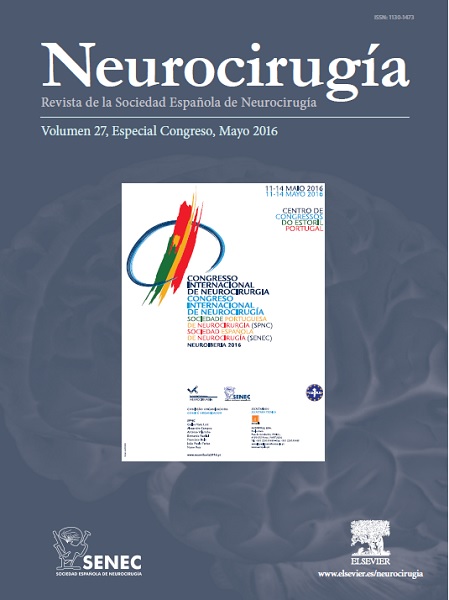O-MSC-10 - Anatomy of the Limbic System: Creation of 3D models combining MRI and Tractography, Klingler’s Fiber Dissection Technique and Plastination
1Anatomy Department, Faculdade de Medicina, Universidade de Lisboa. 2Neurosurgery Department; 3Neuroradiology Department, Centro Hospitalar Lisboa Norte, Hospital de Santa Maria, EPE.
Introduction: The Limbic System (LS) is perhaps one of the most complex regions of the central nervous system. However, it has been mostly studied in a non-invasive fashion, through magnetic resonance imaging techniques (MRI); anatomical studies are unfortunately scarce. The Klingler fiber dissection technique involves the dissection of successive layers of white matter, providing a better understanding of its 3D configuration. Current MRI techniques such as tractography and diffusion tensor imaging (DTI) represent a form of virtual dissection of the brain, but without a resolution as high as the Klinger technique. At last, plastination is a technique that allows the creation of anatomical models extremely useful in the study of Neuroanatomy. It is the aim of the study to combine these techniques: DTI/Tractography, Klingler fiber dissection followed by plastination, in order to build accurate, high definition 3D models to create accurate, high definition 3D models of the LS and Papez’s Circuit.
Material and methods: Two human brains were submitted to fiber dissection according to Klingler´s technique and plastination. Two MRI DTI/Tractography were performed in two healthy volunteers.
Results: The main anatomical structures correlated with the LS were identified with both techniques and with a good correlation between DTI/Tractography and anatomical fiber dissection. Plastination was able to preserve the anatomical models.
Conclusions: Through the combination of the different used techniques, imagiological and anatomical models were obtained from preserved biologic tissues that allowed the 3D study of the different components of the human LS. These models can be applied to the teaching of Neuroanatomy and Neurosciences.







